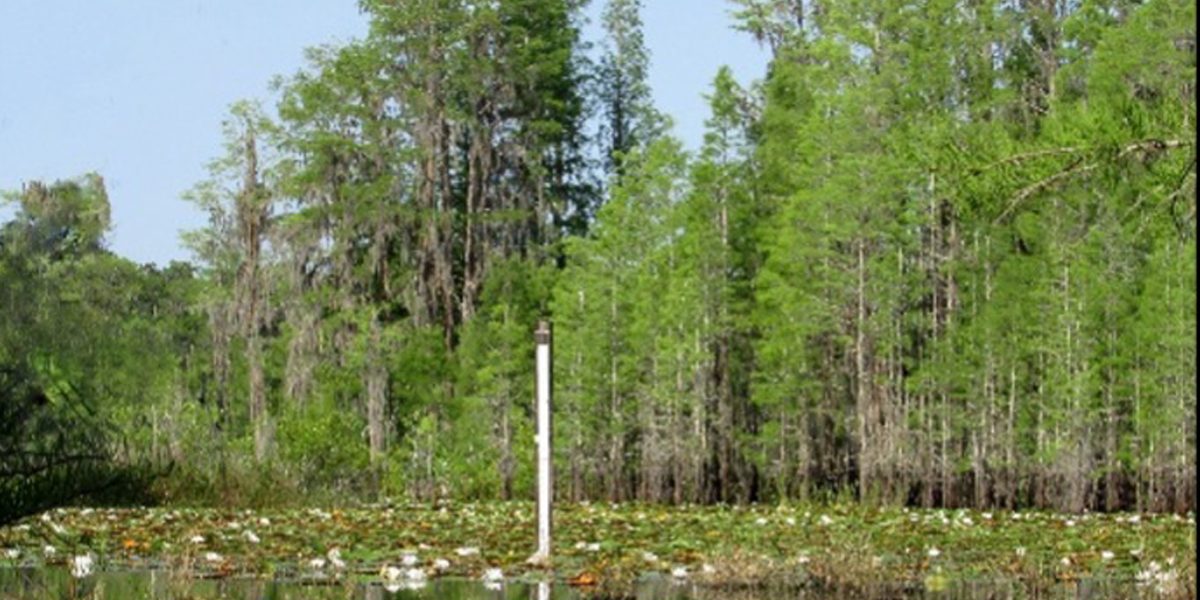Project Details
Ecological and hydrological data collection and analyses, in accordance with a SWFWMD Water Use Permit (WUP) for the purpose of allowing early detection of potential groundwater withdrawal effects to protect regional water and environmental resources. The purpose of the ecological monitoring and assessment program is to monitor and provide an analysis of the hydrological and ecological conditions of the STK and NOP Wellfields and surrounding areas in relation to potential environmental perturbations that could occur naturally (e.g., climatic events, abiotic, and biotic disturbances) or from human activity (e.g., wellfield production, regional development) in canopy openings or gaps that may be related to groundwater withdrawal.
Tasks
• Analysis of hydrologic data
• Semi-quantitative Wetland Assessment Procedures (WAPs)
• Xeric Wetland Assessment Procedure (XWAP) at wetland water monitoring stations
• Incidental wildlife observations, bird rookery surveys
• Aerial photo-interpretation reports, and updates to ecological characterizations of each site.
Service
Ecological Monitoring
County
Pasco County, Florida
Project Highlights
Earth Resources also assists Tampa Bay Water and the SWFWMD with the plant identification portion of the WAP training that is given in April of each water year. In addition to the WAPs, there are two extra site visits per water year to the 76 sites at which either Tampa Bay Water or SWFWMD collects twice monthly water level data. Incidental observations of listed, wetland-dependent, and/or exotic vertebrate wildlife, or species-specific evidence of their presence (e.g., calls, tracks, or other signs) are noted during the course of each site visit. During the early spring site visit (the month of March of each water year), in addition to recording wildlife observations, Earth Resources inspects 76 sites for evidence of wading bird breeding activity. Every three years, Earth Resources evaluates color-infrared digital imagery provided by Tampa Bay Water to look for evidence of relative tree health, treefall, and/or increases
Challenges and Solutions
• Changes in field conditions
• Consistency in monitoring and reporting



